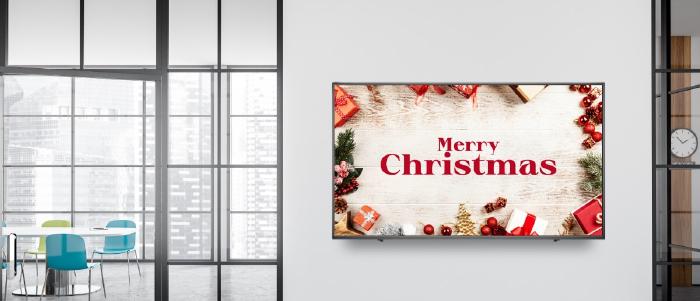
Dec 22 2022
5 min read
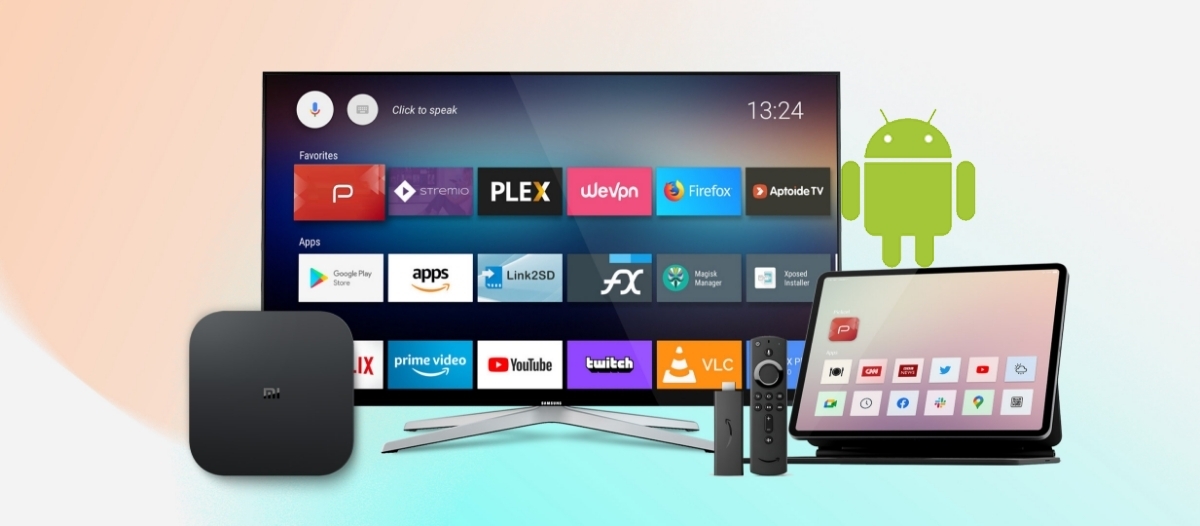
Traditionally linked to mobile devices, Android’s landscape transformed with the emergence of Smart TVs around 2010, marking its entry into the television domain with a user-friendly interface. Here are some noteworthy stats:
Android TV continued its rapid growth trajectory. The dynamics, including drivers, restraints, and opportunities, indicate the complex and evolving landscape. Key players like Samsung Electronics, Sony, and LG Electronics have been instrumental in shaping this market.
The market has seen varied trends, with specific attention paid to different screen sizes, applications, and types of TVs. The segmentation analysis reveals how consumer interests and revenue streams vary across these segments.
In 2023, the market size for Android Box was estimated at 5.6 billion USD, with a projected CAGR of 24% from 2023 to 2030. The increasing demand for streaming content and internet penetration drive this growth.
Look at these amazing statistics:
Android TV is the fastest growing TV Platform in 2020-2021 and 2021-2022
As of 2022, there are over 2 billion Android users worldwide
The global Android TV market size is expected to reach of around USD 231 Billion by 2026 with a CAGR of around 20% during the forecast period 2019-2026.
Today, Android is one of the most predominant operating systems. It is widely used in:
Smart TVs
Digital signage players
Streaming devices
Smart wearables
In this blog, we will restrict our discussion to only Android-powered digital signage players.
Android digital signage refers to a system that uses devices running on the Android operating system to display digital content on screens. These devices can include Android TVs, tablets, or Android-based media players designed specifically for digital signage applications.
When paired with digital signage software compatible with Android, these devices allow users to easily create, manage, and update dynamic content displays without requiring advanced technical skills.
Offering an affordable and efficient way to communicate with large audiences in real time, Android digital signage is widely adopted across industries such as education, retail, healthcare, corporate offices, restaurants, banks, and manufacturing facilities.
Add to your reading list: A consumer's guide to buying digital signage player
Here are some of the must-know players in the market at the moment:
Android Smart TVs: Do not require any external media player to power them. These devices come with a built-in System on Chip (SOC), a highly-compressed circuit board containing the operating system.
Example: Sony X80K, Sony X90K, TCL Class 5-Series
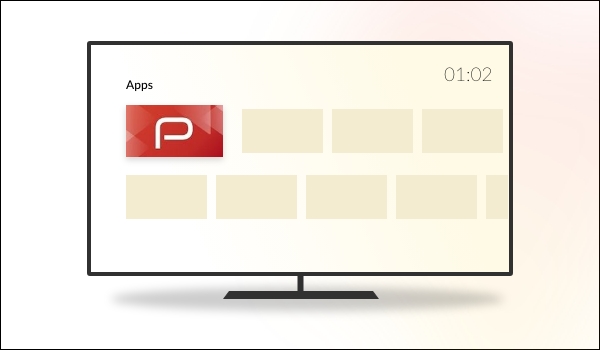
Android TV Box: A TV box is an external box-shaped digital signage media player that is required when using any non-Smart screen. These boxes can be connected to the screen through HDMI ports. Once the box is connected, it allows it to connect to an internet source.
Examples: Xiaomi Mi Box S 4K HDR, NVIDIA Shield
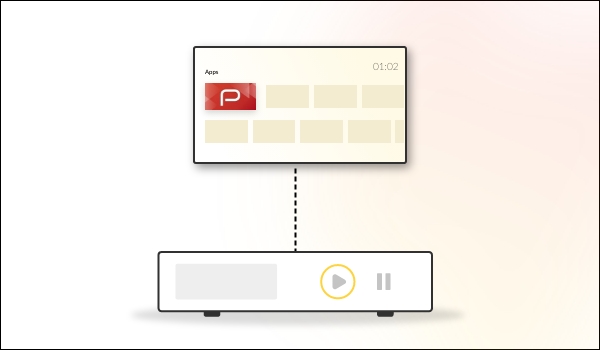
Android HDMI Sticks: Another type of Android digital signage player is the portable stick that resembles a larger version of USB sticks. These are called HDMI sticks. These devices function the same way as the Android TV boxes- plug them into your displays, and you can operate your digital signage.
Example: Amazon Fire TV Stick
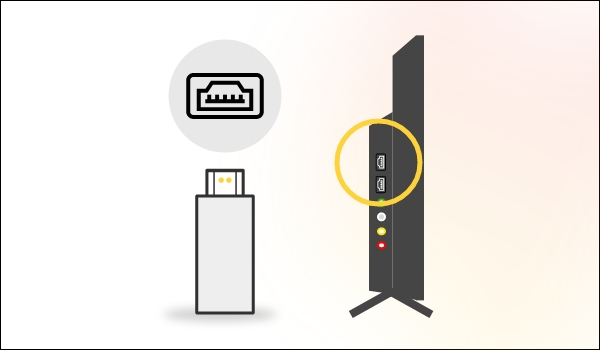
Brands and businesses extensively use digital signage to empower their screens. Not just one; there are a bunch of good reasons for that, such as:
Android-powered devices have gained widespread adoption due to the global familiarity with the Android operating system. This makes them easy to integrate and use, even for those without technical expertise.
Android devices are highly cost-effective, with options like the Fire TV Stick priced around $50, making them an economical alternative to proprietary digital signage hardware, which can cost between $200 and $700. This affordability also makes them ideal for scaling across multiple screens without requiring a significant upfront investment.
Android devices are readily available worldwide, both online and offline, ensuring businesses can source hardware easily, even for large-scale deployments across multiple locations.
With their plug-and-play nature, Android digital signage devices are incredibly user-friendly. Setting up displays typically involves minimal steps, and most tasks—like updating content or managing multiple screens—can be handled without any specialized technical skills.
Android digital signage supports a wide range of hardware, from external media players to smart TVs and digital screens with built-in System on Chip (SoC) technology. This flexibility allows businesses to choose the right solution for their needs and budgets while enabling seamless integration with existing setups.
The Android ecosystem benefits from a large and active developer community, offering abundant resources, forums, and discussions. This robust support system simplifies development, troubleshooting, and customization.
Unlike some operating systems like Linux, LG WebOS, or macOS, Android devices are broadly compatible with most digital signage content management systems (CMS). This ensures a hassle-free setup and eliminates concerns about software compatibility.
Confused on how that can be a case? Here are a few exceptions:
When an organization’s privacy policy mandates only a particular operating system (example: Windows, Unix).
When there is specific hardware integration with external sensors or there is a need for unique I/O interfaces.
When the signage software, that is, the digital signage CMS is incompatible with the OS.In such cases, you can choose alternative options like windows digital signage players or Raspberry Pi players
Learn about why digital signage security is important during player selection
That said, Android DS is generally suitable in almost all digital signage deployment cases. Within Android, there are a variety of hardware options available. Organizations have to choose the proper digital signage hardware after careful consideration of their need in terms of:
**Operating environment:** Indoor and outdoor placement significantly impact the hardware choice. Before buying a player, factor the outdoor temperature, humidity, and human accessibility into your digital signage strategy.
**Operating duration:** Consider how long your media player must be active daily. An always-ON display will need a powerful player. Some digital signage players can support 24/7 operations, while many devices will lose their performance if over-used.
**Performance:** What are you using your digital signage for? Do you want to play 4K content? Does your activity involve downloading large content files? Keep these performance variables in mind while choosing the type of Android player for your digital signage.
Special attention should be given to the Android operating system version and support from the CMS provider. Currently, devices are available starting from Android 7-11. Confirm with your software vendor before deciding on this. Pickcel supports a wide variety of Android signage players. We also support several other OSs for digital signage. Check them out here.
As we mentioned, Android digital signage players come in various form factors and an extensive range of prices. The following are some of the top Android media players categorized based on their price range and performance:
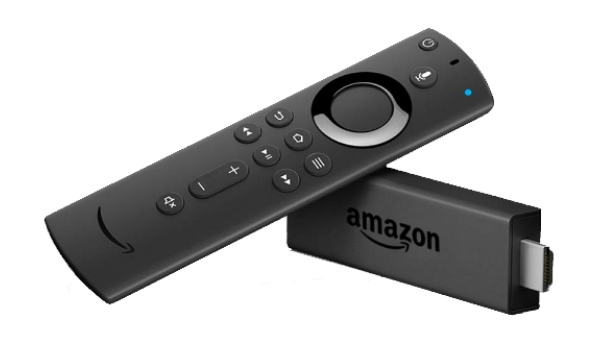
The Fire TV Stick excels at displaying a wide range of content on digital signage, including music, live streams, and dynamic motion graphics. While it is capable of gaming, it’s not the recommended choice for that purpose.
For displaying 4K content,Fire TV Stick 4K is an ideal choice. It offers superior viewing experience with resolutions up to 2160p and Dolby Vision support. However, before opting for a 4K player, you must ensure that your signage display is 4K compatible.
If you plan to set up your digital signage network, this Pickcel Learn Guide will be useful.
**Price:** $55 (however, you can often get it at a discounted price)
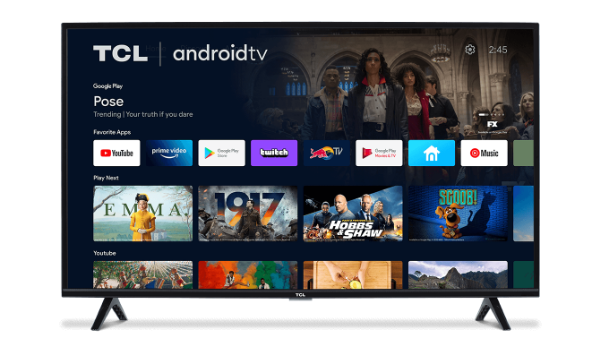
The TCL Class 3 Series Android smart display is comparatively less powerful than the Class 4 and Class 6 series. However, if budget is a restraint and you want to play only standard content formats (images, videos, and text-based content), then you can rest assured that you will get value for your money.
**Price:** $199
Compact, lightweight devices that run on the Android OS and can transform any standard display into a smart digital signage screen. They can turn any display into a smart screen, offering seamless integration with content management systems like Pickcel. These devices are highly portable and energy-efficient, supporting features like 4K content playback, Wi-Fi connectivity, and easy plug-and-play setup via HDMI
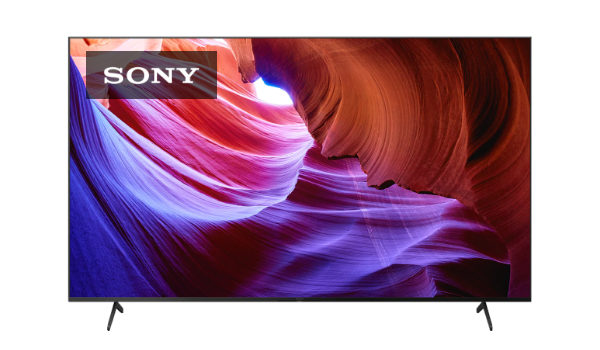
The X85K is among Sony’s mid-range displays. It has rich features like a native refresh rate of 120Hz, 4K, and Dolby Vision support. There are also 4 HDMI inputs.
**Price:** $699
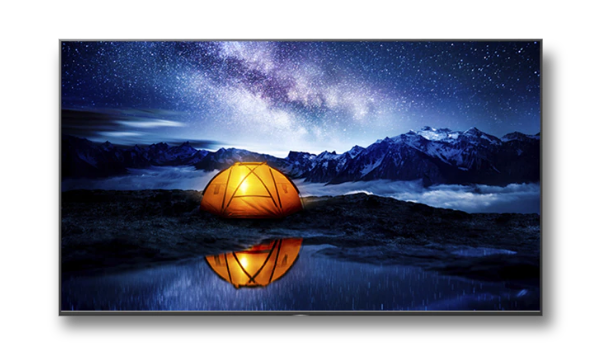
Sony dominates the market of Android commercial displays. The BRAVIA 4K and 8K professional displays include the BZ40H Series, BZ35F Series, and X8H Series. These displays are built for extensive integration. These sleek screens can also effectively relay dynamic 3D visuals.
**Price:** Varies, approximately $3000
Android digital signage players are incredibly-efficient as they are plug-and-play devices, have a user-friendly interface, and come in a range of prices and models. However, as we have already mentioned, choosing a player should be carefully considered after assessing your business goals and budget.
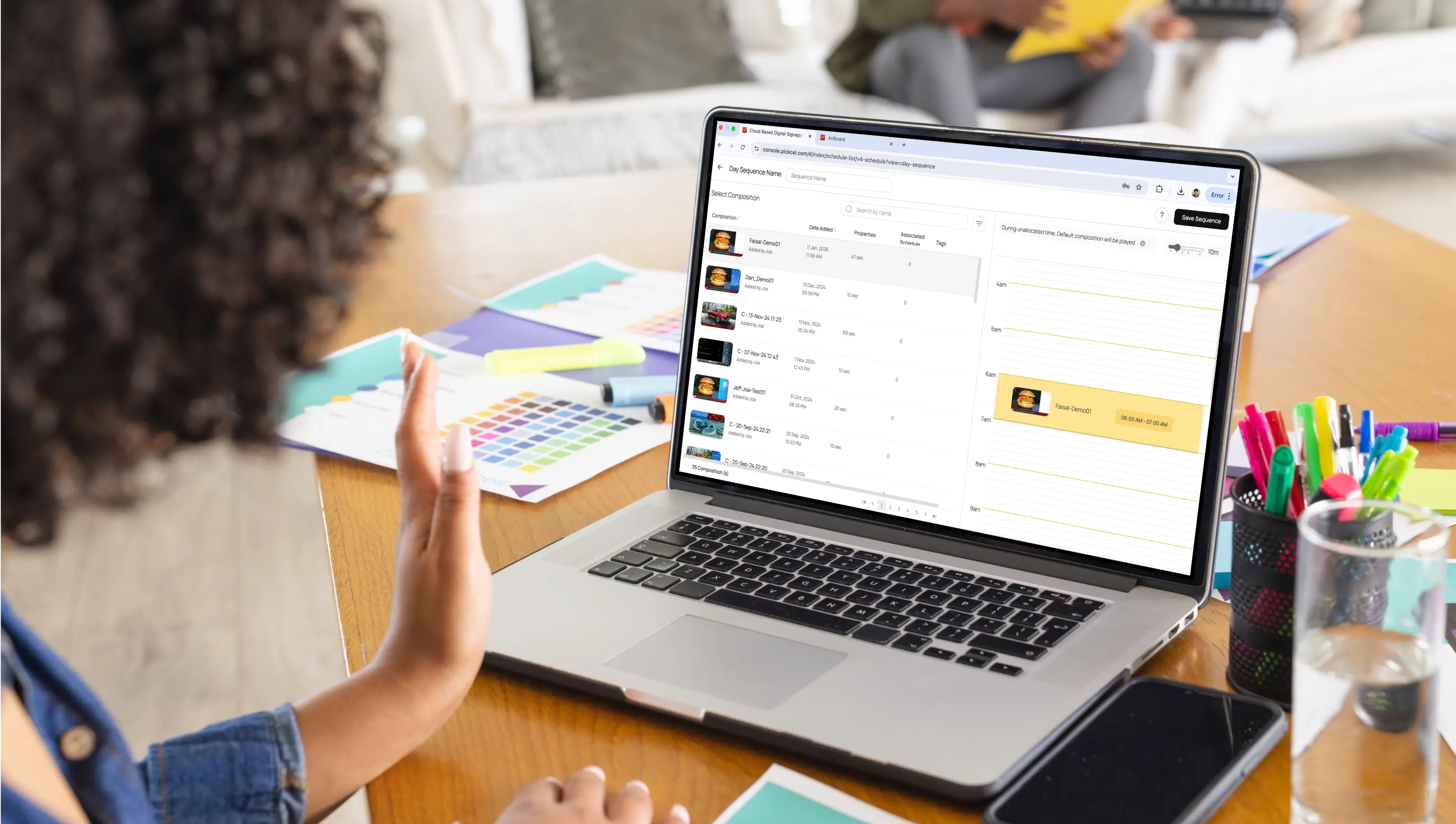




Dec 22 2022
5 min read

Dec 1 2022
10 min read

Nov 30 2022
9 min read

Nov 23 2022
6 min read
Take complete control of what you show on your digital signage & how you show it.
Start Free Trial Schedule My Demo